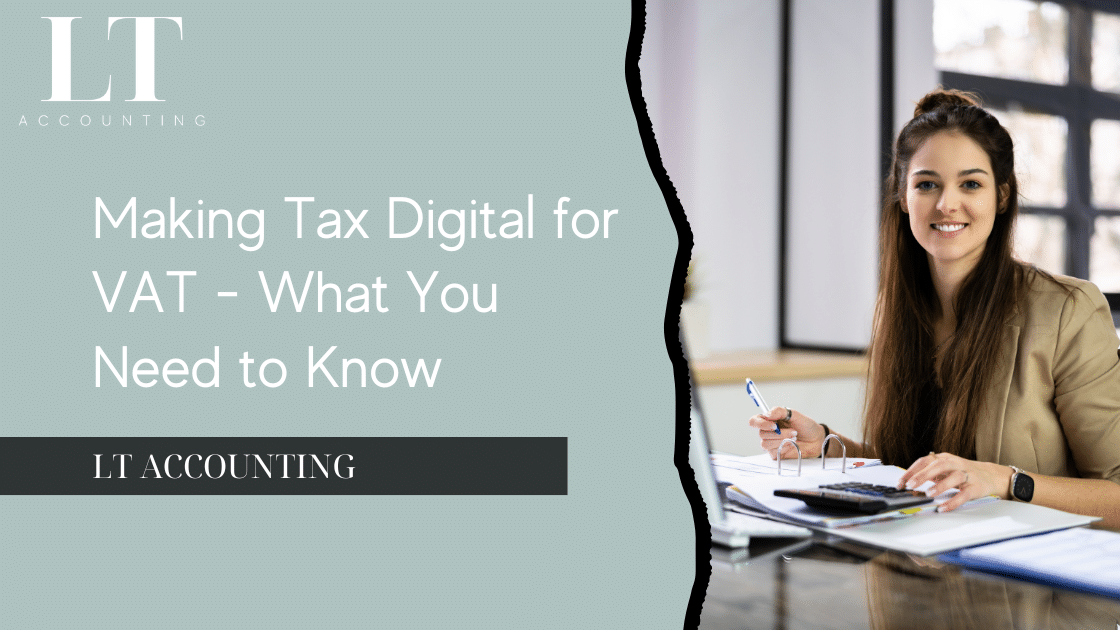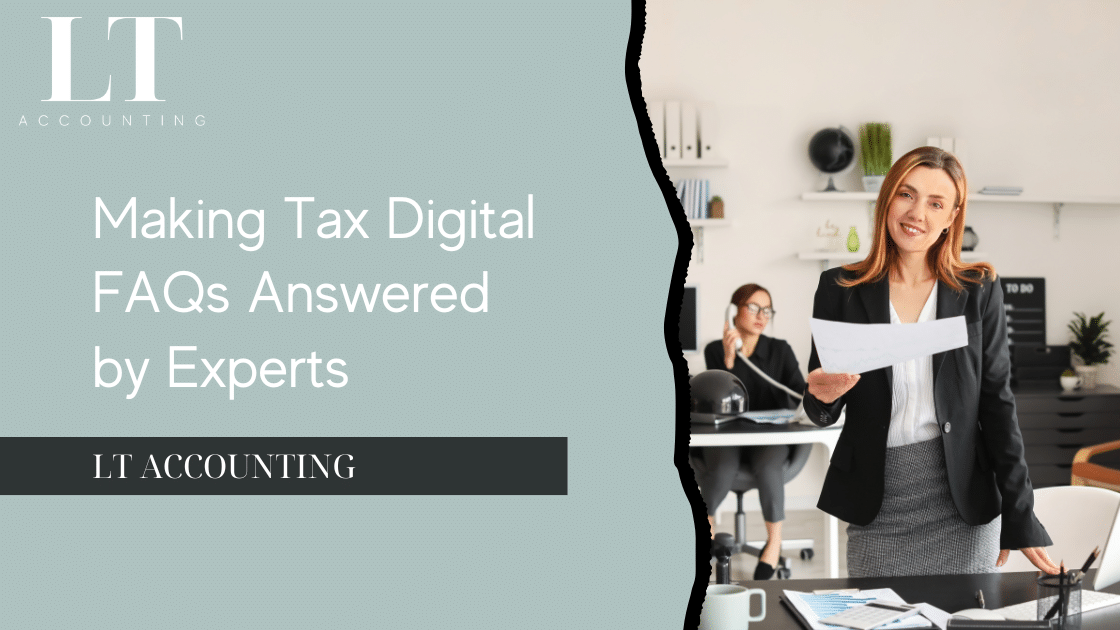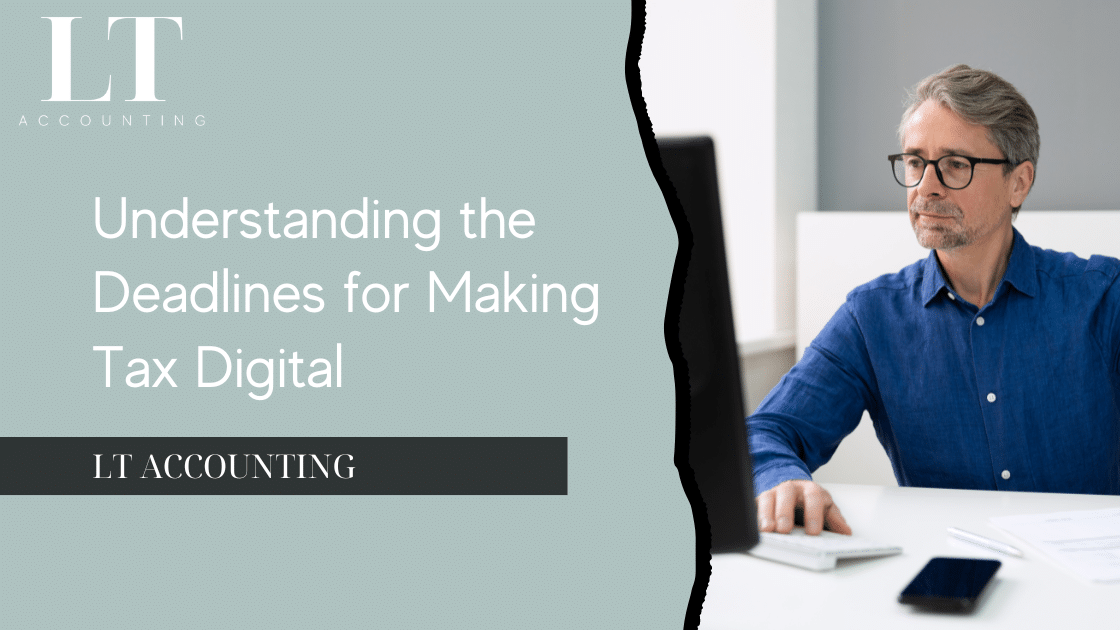Ah, taxes! A word that sends shivers down the spine of many. But hold onto your hat, because the tax landscape is shifting in the UK with the introduction of Making Tax Digital (MTD) for VAT. If you’re scratching your head wondering what this means for your business, you’ve come to the right place. We’re diving deep into the nitty-gritty of MTD for VAT, what you need to know, and how it’s changing the game for VAT submissions and compliance.
What is Making Tax Digital for VAT?
Making Tax Digital is a UK government initiative aimed at revolutionising the tax system by making it more effective, efficient, and easier for taxpayers. At its core, MTD for VAT mandates that businesses keep digital records and use compatible software to submit their VAT returns. It’s all about moving away from manual record-keeping and embracing the digital age.
Key Components of MTD for VAT
- Digital Record-Keeping: Businesses must maintain digital records of their VAT transactions.
- Compatible Software: VAT returns must be submitted through MTD-compatible software, ensuring a seamless link between business records and HMRC.
- Direct Submissions: No more paper trails. Everything’s done digitally, directly to HMRC.
How Does MTD Affect VAT Submissions?
With MTD in full swing, the days of manual VAT return submissions are numbered. Businesses must now use software that connects directly with HMRC’s systems. So, what does this mean for you?
- Automation: Reduce errors with automated calculations and submissions.
- Real-Time Data: Gain real-time insights into your VAT obligations.
- Compliance: Stay on HMRC’s good side with up-to-date records and timely submissions.
Compliance Requirements Under MTD for VAT
Ensuring compliance under MTD for VAT might sound daunting, but it’s all about adapting to new processes. Here’s what you need to keep in mind:
-
Choose the Right Software: Opt for MTD-compatible software that suits your business needs. Many options are available, such as Xero, QuickBooks, and Sage.
-
Digital Record-Keeping: Ensure your transactions are recorded digitally. This includes sales, purchases, and any adjustments.
-
Understand the Deadlines: Keep an eye on your VAT return deadlines and ensure submissions are timely.
-
Bridging Software: If your current accounting software isn’t MTD-compliant, consider using bridging software to meet requirements.
-
Stay Informed: Regulations can change, so stay updated with the latest from HMRC.
Benefits of MTD for VAT
While change can be challenging, MTD for VAT offers several benefits:
- Improved Accuracy: Reduce human error with automated processes.
- Efficiency Boost: Save time with streamlined record-keeping and submissions.
- Better Financial Management: Access detailed financial data for smarter decision-making.
- Future-Proofing: Prepare your business for a digital future, staying ahead of the curve.
Common Challenges and Solutions
Every silver lining has a cloud, and MTD for VAT is no exception. But fear not, there are solutions to common challenges:
-
Adapting to New Software: Change can be hard, but training sessions and support from software providers can ease the transition.
-
Cost Implications: While there might be initial costs for software and training, the long-term savings in time and accuracy often outweigh them.
-
Data Security: Ensure your software provider follows strict data protection standards to safeguard your information.
FAQs: Making Tax Digital for VAT – What You Need to Know
1. Do all businesses need to comply with MTD for VAT?
Yes, all VAT-registered businesses with a taxable turnover above the VAT threshold must comply with MTD requirements.
2. What happens if I don’t comply with MTD for VAT?
Failing to comply might result in penalties from HMRC, so it’s crucial to adapt to these new regulations.
3. Can I still use spreadsheets for my VAT records?
Yes, but they must be integrated with MTD-compatible software or bridging software to submit returns.
4. How often do I need to submit VAT returns under MTD?
The frequency doesn’t change. You must continue to submit VAT returns quarterly or as per your existing schedule.
5. What should I do if I’m struggling to comply with MTD?
Consider consulting with an accounting professional or reaching out to software providers for guidance and support.
Conclusion
Making Tax Digital for VAT is a significant step towards modernising the UK’s tax system. While the transition might seem like a mountain to climb, understanding the requirements and benefits can make the journey smoother. Embrace the change, leverage technology, and you’ll find that staying compliant is not just a necessity, but an opportunity to enhance your business’s financial management. Ready, set, digitise!





